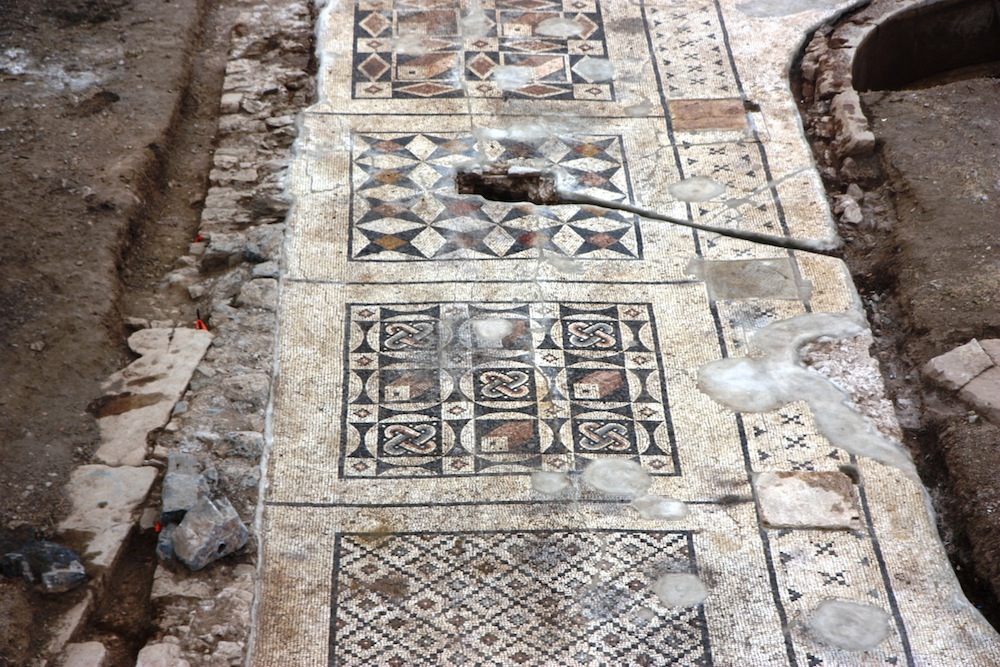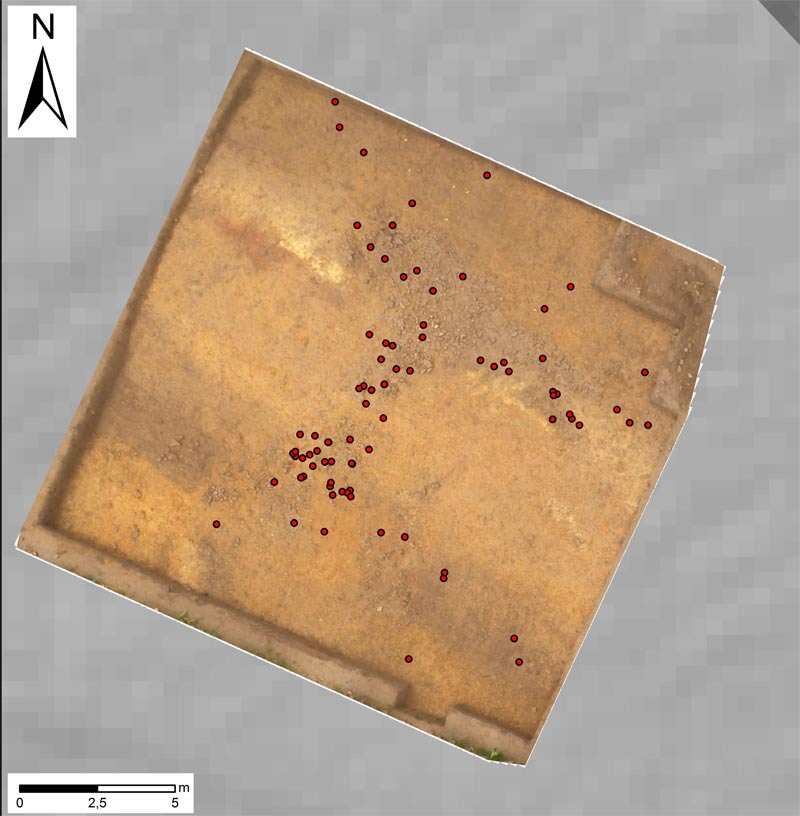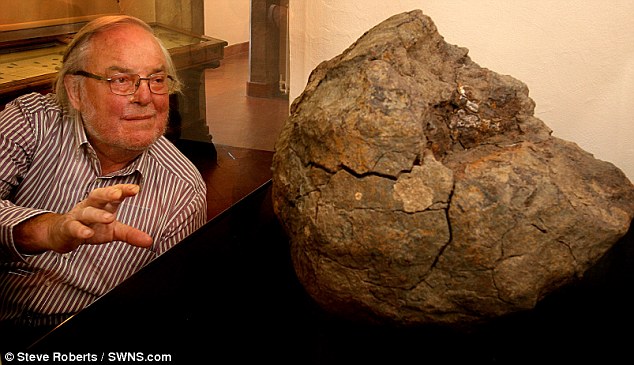
© University of Nebraska, LincolnEach section of the mosaic features its own geometric design.
A giant poolside mosaic featuring intricate geometric patterns has been unearthed in southern Turkey, revealing the far-reaching influence of the Roman Empire at its peak.
The
mosaic, which once decorated the floor of a bath complex, abuts a 25-foot (7-meter)-long pool, which would have been open to the air, said Michael Hoff, a University of Nebraska, Lincoln art historian and director of the mosaic excavation. The find likely dates to the third or fourth century, Hoff said. The mosaic itself is an astonishing 1,600 square feet (149 square meters) - the size of a modest family home.
"To be honest, I was completely bowled over that the mosaic is that big," Hoff told LiveScience. [
See Photos of the Roman Mosaic]
The first hint that something stunning lay underground in southern Turkey came in 2002, when Purdue University classics professor Nick Rauh walked through a freshly-plowed farmer's field near
the ancient city of Antiochia ad Cragum. The plow had churned up bits of mosaic tile, Hoff said. Rauh consulted other archaeologists, including experts at the local museum in Alanya, Turkey. The museum did not have funds to excavate more than a sliver of the mosaic, so archaeologists left the site alone.
Last year, with a new archaeological permit for the site in hand, museum archaeologists invited Hoff and his team to complete the dig.



